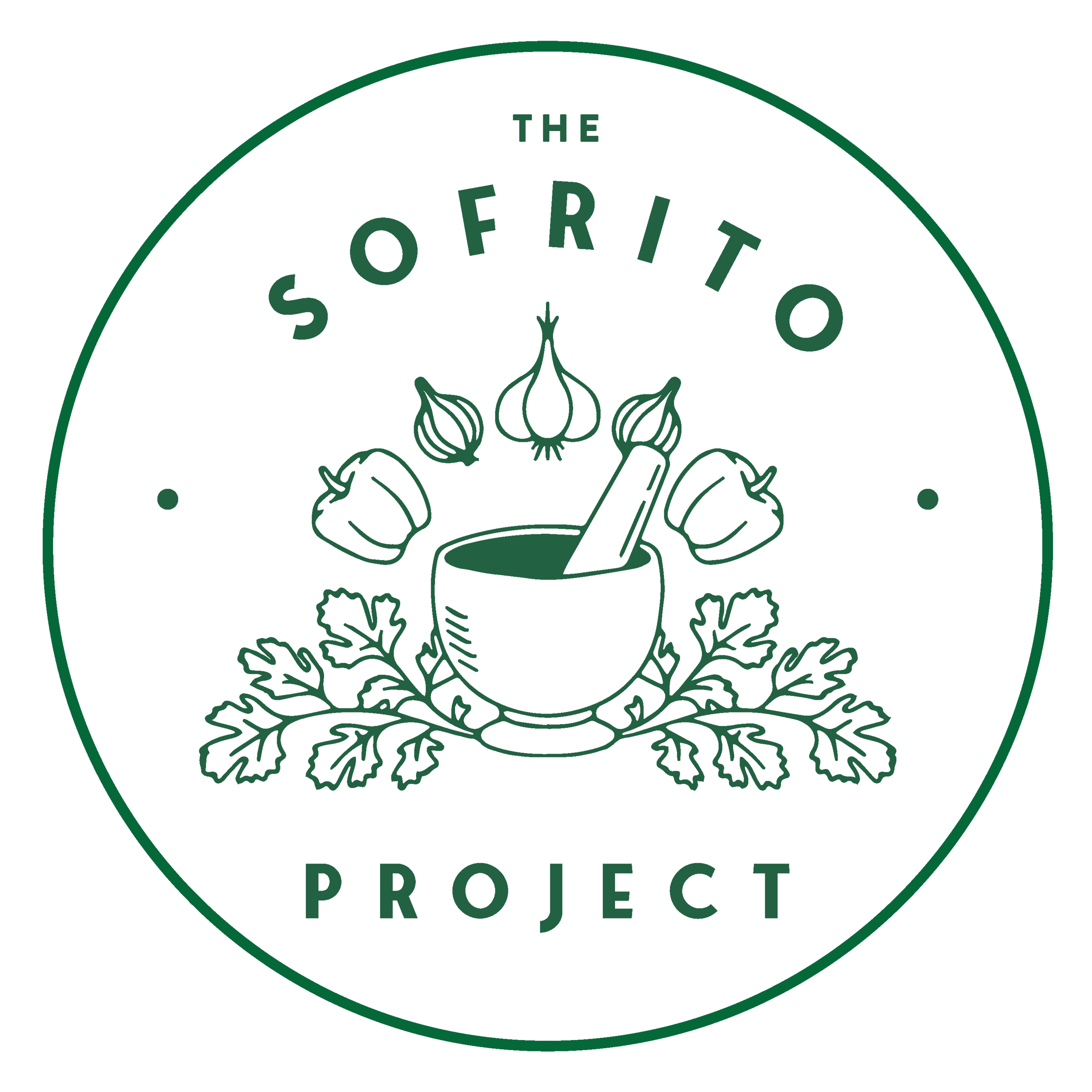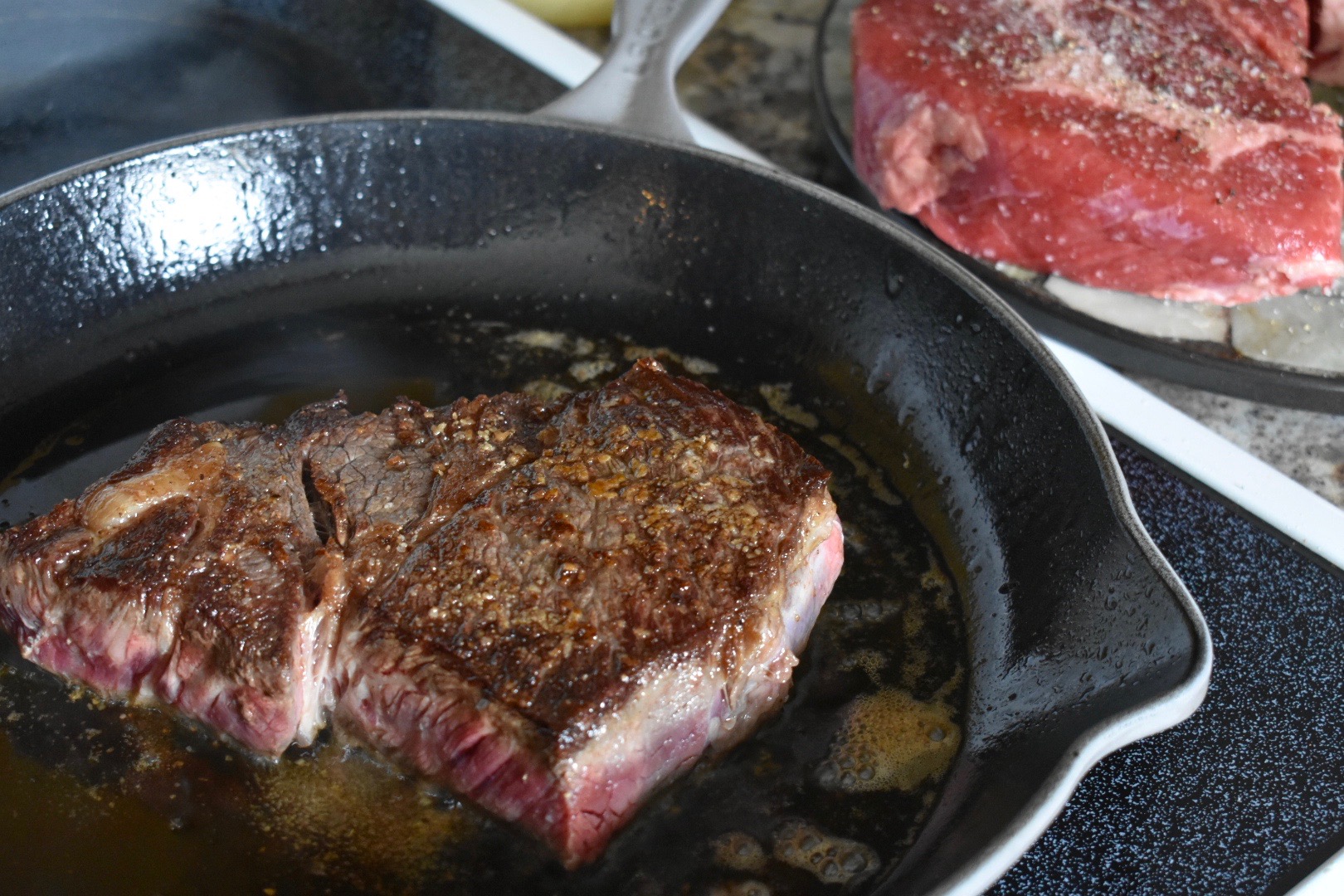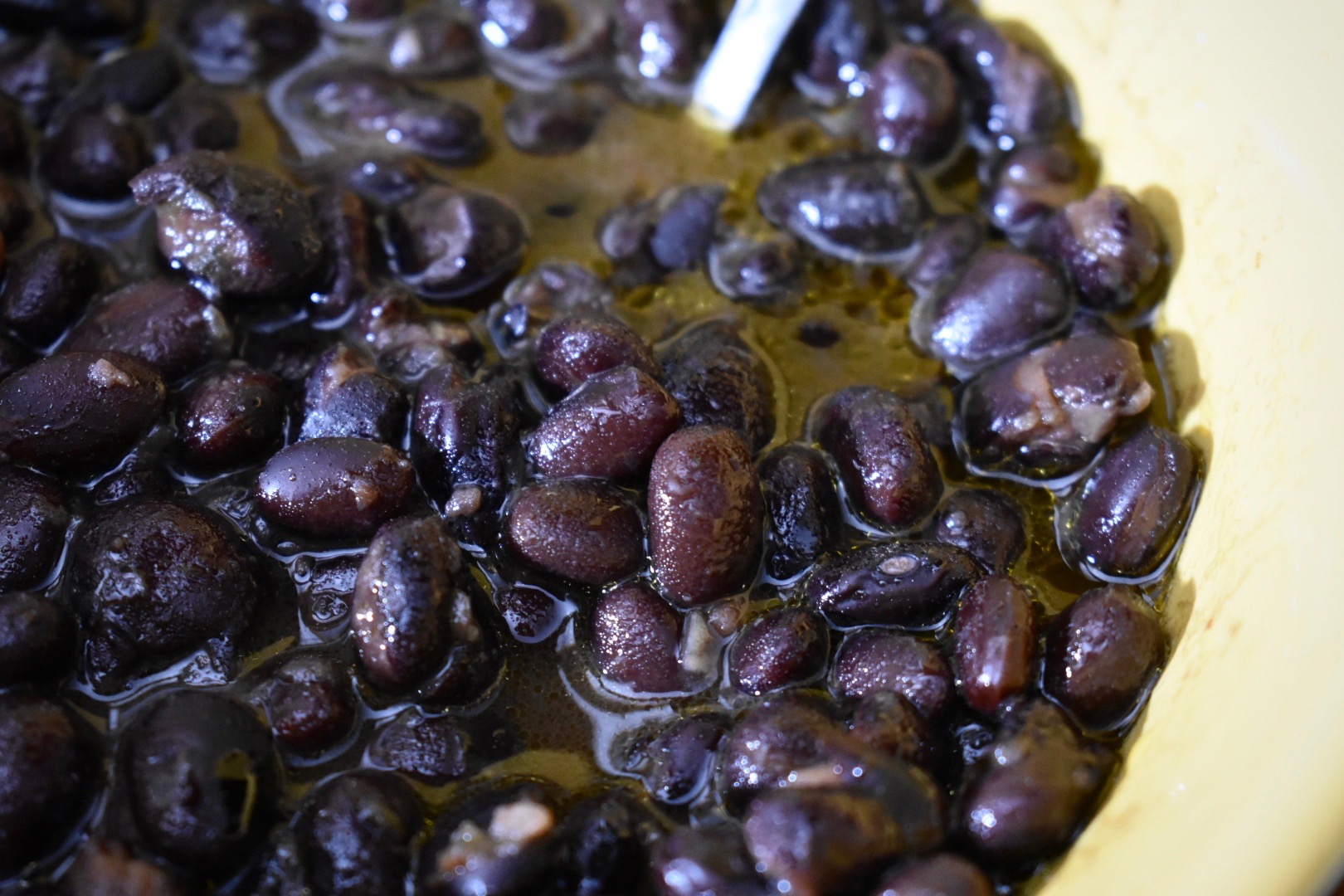Ropa Vieja
Ropa vieja is a classic Cuban dish of slowly cooked shredded beef. The name translates to “old clothes” and let me tell you, there’s nothing in this dish that screams out old clothing. But myth has it, that a poor man tore his clothing up and cooked it since he couldn’t afford any food to feed himself or his family. He prayed over the bubbling pot while it cooked and magically ended up with a meal for his family. Even though it’s Cuba’s national dish, this flavor-packed meat stew originates from the Canary Islands. These islands sit just along the coastline of Spain, and most notably through Spain’s colonization, it made its way to Cuba and the rest of the Caribbean many years ago.
Like many of our foods (including the ones that stem from Spain), traditionally, ropa vieja is served with white rice, black beans, and plantain. It was very easy to adapt since Cuba and Puerto Rico share so many of the same foods and dishes in our cuisines. Heads up: this stew takes hours to make, so if you’re wanting to make this for dinner and didn’t get a good start with it in the morning, then sorry friends, you won’t have food on the table by 5pm. So start early, get your stew in the oven, and go about your day!
Traditionally, ropa vieja is made with flank steak. Back when it was a less expensive cut, it was a great option for long cooking since the tough meat was able to tenderize over time. I prefer a fattier cut of meat for braising since the fat mellows out in the sauce and the meat falls apart while still having a little bite (without getting too mushy); your best option for this will be a chuck roast (which is my favorite option). You can also use brisket since it’s great for cooking low and slow; but work with your budget and use what’s best for you! The cooking method and time will both be the same for any of these three cuts of meat you choose.
I went the traditional route method-wise, using a different cut of meat, and made my ropa vieja in my favorite Dutch oven. I will say that a cast iron Dutch oven is going to be your best friend for braising meats; they can withstand high temperatures when searing and can easily maintain low and steady temperatures in the oven for hours on end. You can definitely make this recipe in a slow cooker if you don’t own a Dutch oven; just make sure to sear the meat in another pan prior to putting it in the slow cooker to get maximum flavor. Add in the rest of the ingredients and cook the stew for 3-4 hours on high or 7-8 hours on low. Otherwise, follow along below for the full recipe. Let’s get cooking!
Ropa Vieja
Cook time: 4 hours
Serves: 6-8
3-4 pound beef chuck roast, cut in half (if needed)
Kosher salt
Black pepper
Vegetable oil
1 cup Simple Sofrito
1/2 jar sliced Spanish olives (with brine) (5.75-ounce size)
4-5 small bay leaves
1 tbsp dried oregano
1 tbsp granulated garlic
2 tbsp ground cumin
1 tbsp smoked paprika
1 tbsp Adobo All-Purpose seasoning
2 packets Goya Sazón con Culantro y Achiote
1 6-ounce can tomato paste
1 28-ounce can crushed tomatoes
8 cups water or beef broth
1 tbsp distilled white vinegar
White rice, stewed beans, tostones, or amarillos (for serving)
Preheat your oven to 250ºF. If needed, cut the chuck roast in half so it will be able to fit into your Dutch oven. Liberally season the chuck roast with kosher salt and black pepper all over. Set aside and let rest for about 20 minutes or until the meat is room temperature. Making sure the meat isn’t cold prior to searing is a great way to ensure you’re going to get a good crust and even browning.
In a large frying pan or cast iron skillet, add enough vegetable oil to coat the bottom. Sear the meat on each side, about 4-5 minutes. Set the meat aside while you work on the sauce.
The sauce is going to be just like my salsa criolla recipe. Same method with a few tweaks to the ingredients. In the Dutch oven, over medium heat, warm up enough oil to coat the bottom of the pot. Add the sofrito and sauté for about 5 minutes. Then add the olives, bay leaves, dried oregano, granulated garlic, ground cumin, smoked paprika, Adobo all-purpose seasoning, and sazón. Toast the spices and let them bloom a bit, about 2 minutes or until fragrant.
Then, add the tomato paste and stir well until fully incorporated. Add the crushed tomatoes and stir in the water or broth. Nestle the seared chuck roast into the sauce and cover with the lid. Cook the stew covered in the oven for 3 hours. During this time, you can go ahead and make your rice and beans and keep them warm on the stove until the meat is ready. Also, you can fry up the plantains about 15 minutes prior to serving so they’re hot and fresh.
After the full 3 hours has passed, remove the pot from the oven and take the meat out of the pot. Set aside and shred with two forks or with your hands when cool enough to handle. On the stove, bring the sauce up a boil and skim any fat that is on the top. Boil for about 10-15 minutes to reduce and thicken up; fold the shredded beef back into the sauce and add the distilled white vinegar. Stir and adjust any seasoning with kosher salt and black pepper.
Serve the ropa vieja with white rice, stewed black beans (served in a separate bowl) and fried plantain. Traditionally, the plantains are served as maduros and are sweet, which helps cut the brininess of the stew, but I’m pretty partial to Team Tostones, so I went with the twice-fried option this time. Sliced avocado would be great as well if you have any on hand. Whatever is clever!
¡Buen provecho!








